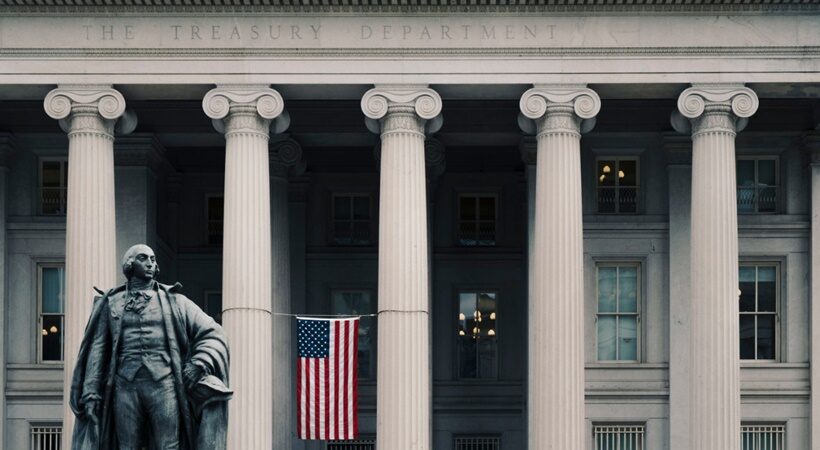The US Treasury Department on Friday announced the release of a study on illicit finance in high-value art markets. Congress mandated the study under the Anti-Money Laundering Act of 2020.
The Treasury Department is responsible for maintaining the infrastructure of the nation’s financial infrastructure, including the production of coins and currency, the disbursement of funds to the American public, revenue collection, and the borrowing of funds to run the government.
The report examines participants in the art market and sectors of the high-value art market that may pose money laundering and terrorist financing risks to the American financial system, the Treasury wrote, adding: As the digital art market develops, new risks may arise, including non-fungible tokens (NFTs), depending on the market structure and incentives.
A study proposes several options to combat risks, including training for law enforcement and customs officials, enhancing private sector information sharing, and requiring anti-money laundering and counter-terrorism financing requirements for certain participants in the art market.
Dappradar estimates that NFT sales volume will reach $24.9 billion in 2021, compared to $94.9 million in the previous year. Jefferies has estimated that the market will grow to $35 billion in 2022 and exceed $80 billion by 2025.
Scammers have taken advantage of the increasing popularity of NFTs, leading regulators to express concerns.
In January, the Internet is flooded with scams promising big returns on cryptocurrencies and NFTs, warned T. K. Keen, administrator of the Division of Financial Regulation of the US state of Oregon.
Before investing in cryptocurrencies or NFTs, investors should do their homework to determine whether they fully understand these investments and the risks associated with them.”



















